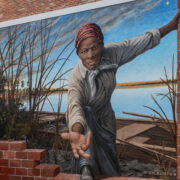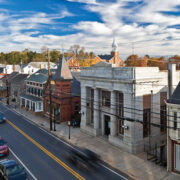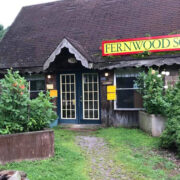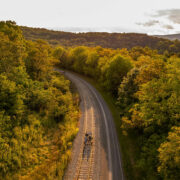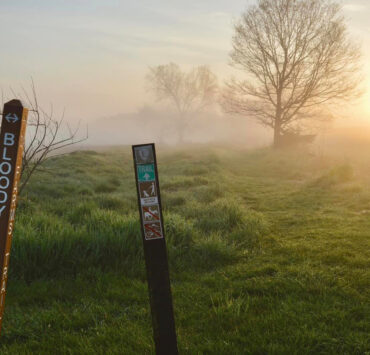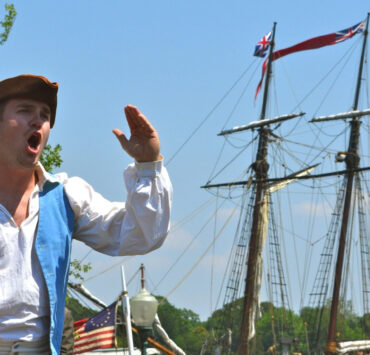Prominent Civil Rights Sites in Maryland
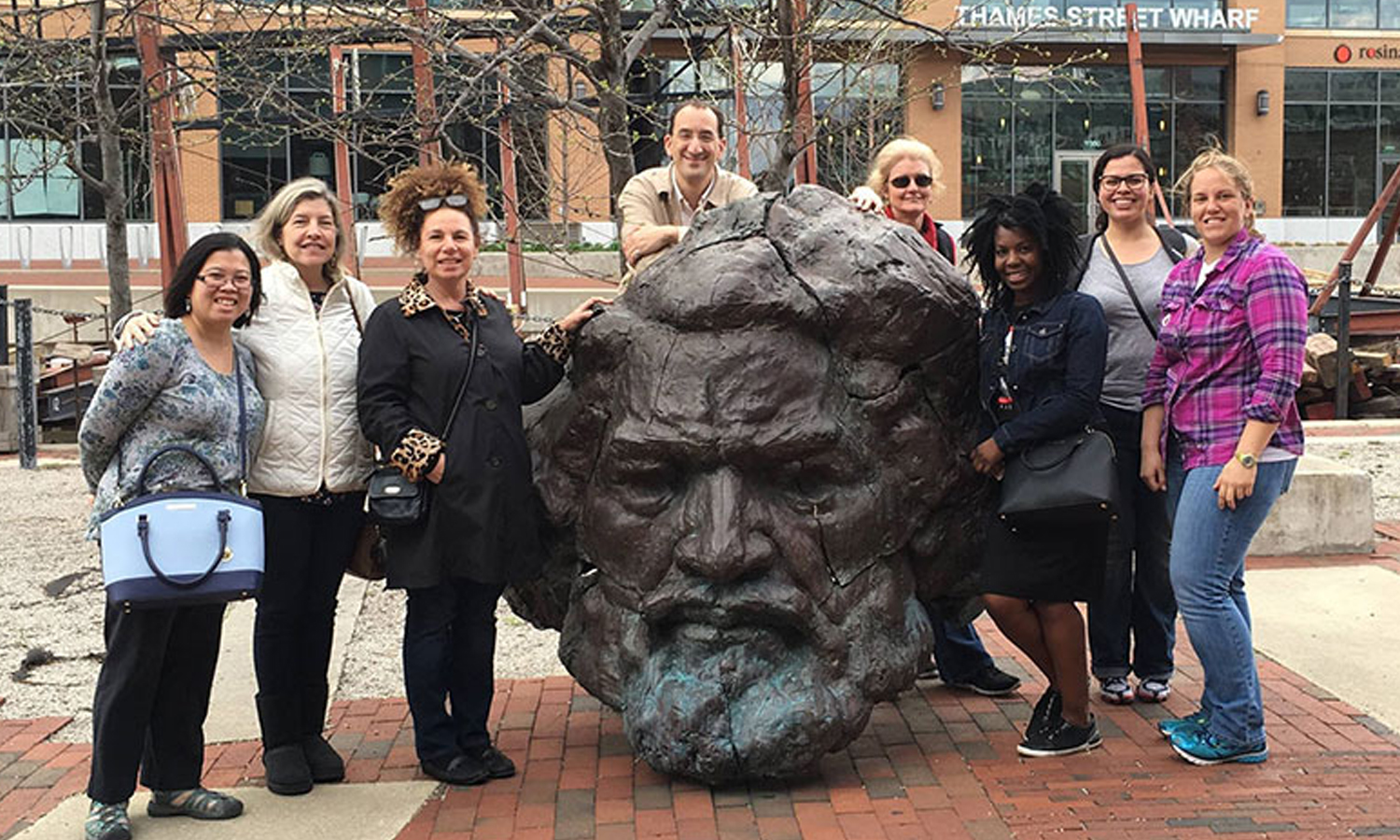
Did you know that 2024 marks the 60th anniversary of the passing of the Civil Rights Act of 1964? Before this landmark legislation, America was a very different place for Black people. They faced discrimination and racism, were denied the right to vote, and were barred from public facilities.
The civil rights movement gained momentum in the 1960s, thanks to many brave leaders who fought for equality. Their efforts were rewarded with the passing of the Civil Rights Act of 1964 and the Voting Rights Act of 1965, which aimed to abolish racial discrimination and secure equal rights for all Americans. These acts marked an important turning point in the fight for civil rights and equality.
In honor of Black History Month, take a road trip to some of the prominent civil rights sites in Maryland, and see firsthand where history was made.
Lillie Carroll Jackson Civil Rights Museum in Baltimore
Meet Lillie Carroll Jackson, the activist who led the Baltimore Chapter of the NAACP, where she piloted many techniques like picketing, sit-ins, and other nonviolent protests before they were rolled out nationwide.
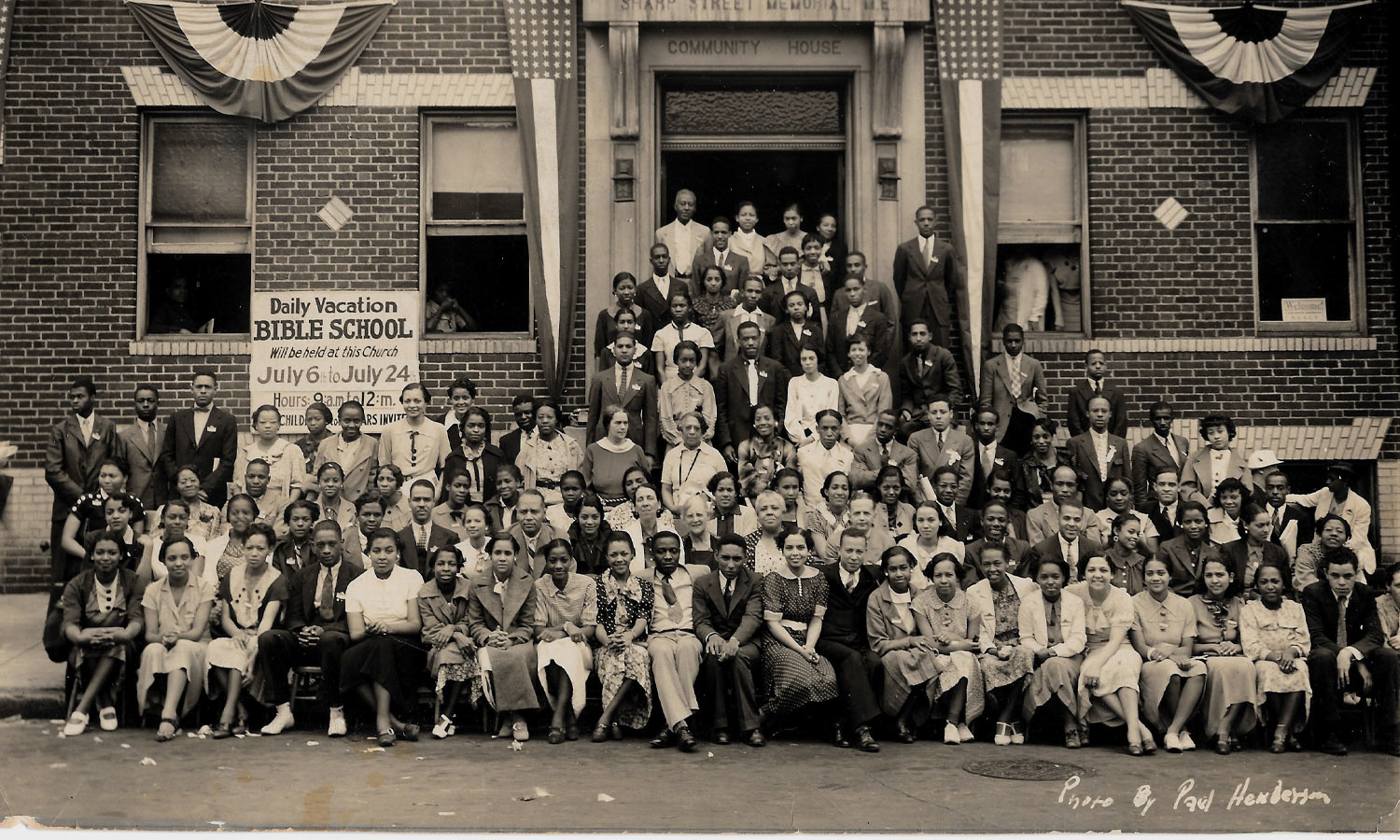
She and her daughter Juanita started the “Buy Where You Can Work” program that encouraged Black Americans to only shop where they could hold jobs. She was a neighbor of Thurgood Marshall in West Baltimore, a neighborhood that played its own role in the civil rights movement.
Following in His Footsteps: Maryland’s Frederick Douglass Driving Tour
Maryland native Frederick Douglass was born into slavery on an eastern shore plantation and, as a teen, was hired out as a caulker in a Fell’s Point shipyard. At the age of 20, he escaped from slavery and became a leader in the fight for abolition and equality. This driving tour begins near his Talbot County birthplace and winds you through the places associated with the great orator. Some highlights include the following:
Former Site of the Talbot County Jail in Easton
As a captured runaway slave, Douglass was held in this jail for a week in 1836; rather than sell him south, his enslaver sent him back to Fell’s Point.
Frederick Douglass Statue at the Talbot County Courthouse in Easton
Twenty-two years after being held in the jail around the corner from this spot, the now-free Douglass gave his “Self-Made Men” speech in front of this county courthouse to a segregated audience in 1878. A statue depicting the hero at the lectern provides a meaningful photo opportunity.
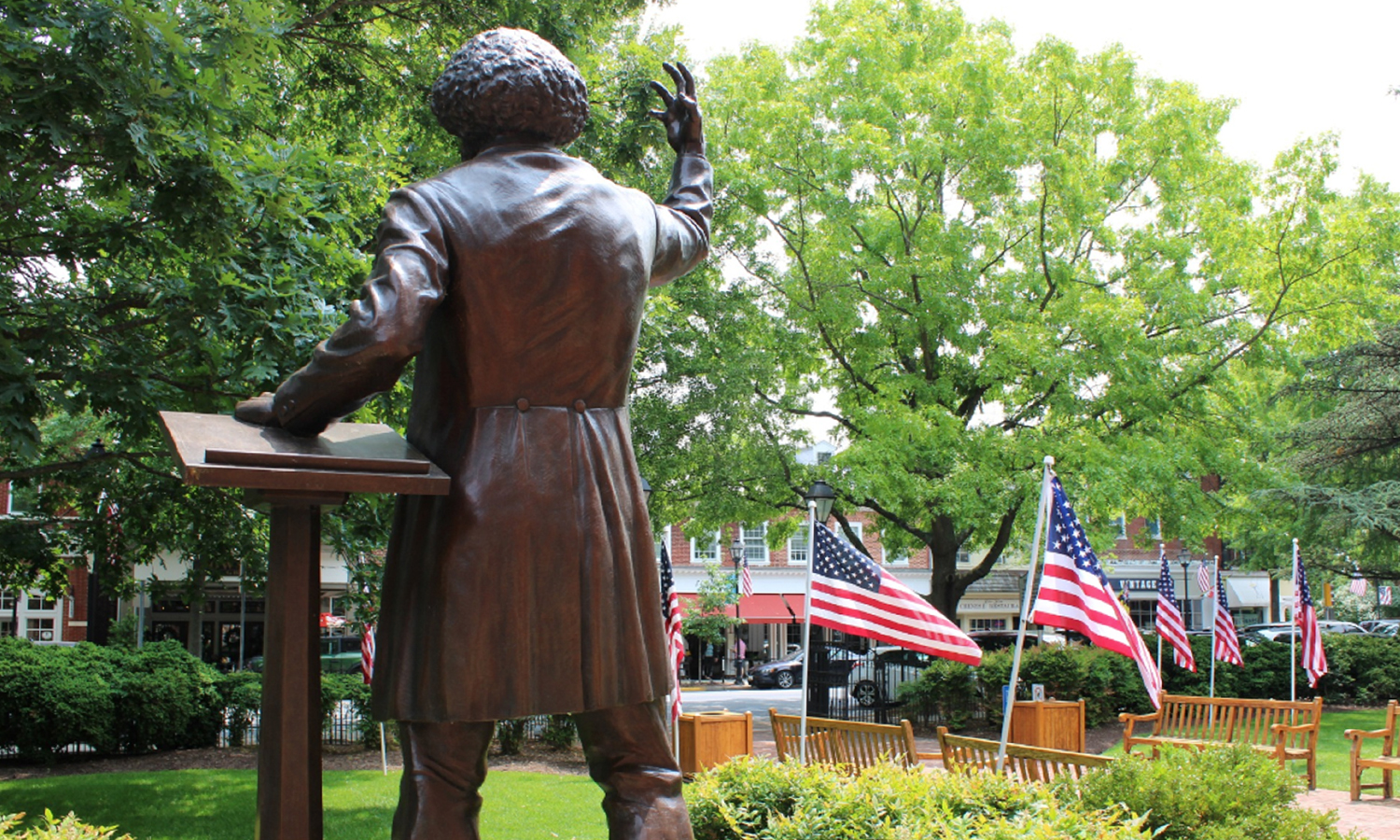
Chesapeake Bay Maritime Museum in St. Michaels
Along with the displays documenting Maryland’s watermen, the Chesapeake Bay Maritime Museum’s exhibits include the Mitchell House. This tiny cabin once belonged to Douglass’s sister, Eliza Bailey, and her husband Peter Mitchell. Peter was emancipated from slavery and purchased Eliza and their two children from Thomas Auld, who also owned Douglass. Their cabin documents the home life of free Blacks in the 1800s.
Banneker-Douglass Museum in Annapolis
Operated by the Maryland Commission on African American History and Culture, the Banneker-Douglass Museum is housed within the former Mount Moriah African Methodist Episcopal (AME) Church in the heart of historic Annapolis. Named after Douglass and Benjamin Banneker, a free Black naturalist, mathematician, astronomer, and author, the museum is hosting a variety of events in honor of the 60th anniversary of the Civil Rights Act – check back frequently for updates.
Frederick Douglass Walking Tour of Baltimore
The time Douglass spent in Baltimore before his escape to freedom was very influential on his later life as an abolitionist. For this city-based tour, you can park your car and walk in Douglass’s footsteps to learn more about the time he spent here. Two highlights of the tour inclue:
Frederick Douglass-Isaac Myers Maritime Park and Museum
Understand Douglass’s time as a caulker and ship builder at this interactive museum, where you can also take a selfie with a large bust of the leader. You will also meet Isaac Myers, a free Black man who created a black caulkers’ union and eventually advanced to the Presidency of the Colored National Labor Union.
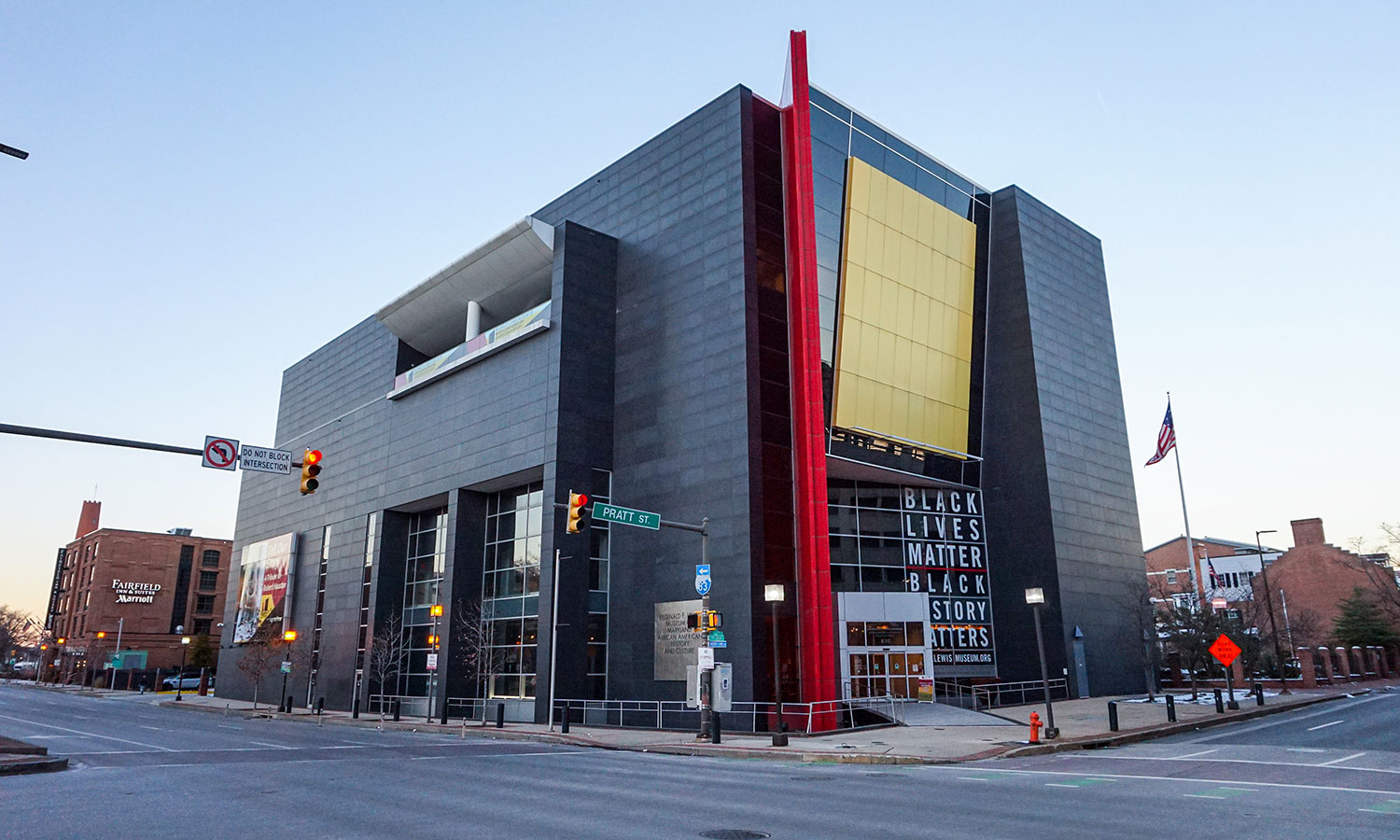
The Reginald F. Lewis Museum of Maryland African American History and Culture
Explore the accomplishments of Douglass and the thousands of other African Americans who have made history in Maryland.
Harriet Tubman Underground Railroad Byway in Dorchester County
Another well-known Maryland abolitionist was Harriet Tubman, a formerly enslaved woman who escaped herself and then led dozens of others to freedom. This byway dedicated to tracing Tubman’s life includes 125 miles of history in three states. Some Maryland highlights you can visit include the following:
Harriet Tubman Underground Railroad State Park and Visitor Center in Church Creek
Surrounded by an untouched landscape that Tubman would recognize today, the Harriet Tubman Underground Railroad State Park and Visitor Center features interactive exhibits about the heroine’s work on the Underground Railroad as well as her later impact as a suffragist, civil rights activist, and humanitarian.

Harriet Tubman Museum and Educational Center in Cambridge
This Cambridge museum and educational center is dedicated to keeping Tubman’s legacy alive for younger generations. The powerful “Take My Hand” mural depicting Tubman reaching out of the bricks on the exterior of the museum building is a required photo op.
Did you know the eastern shore town of Cambridge was home to civil rights activist Gloria Richardson Dandridge?
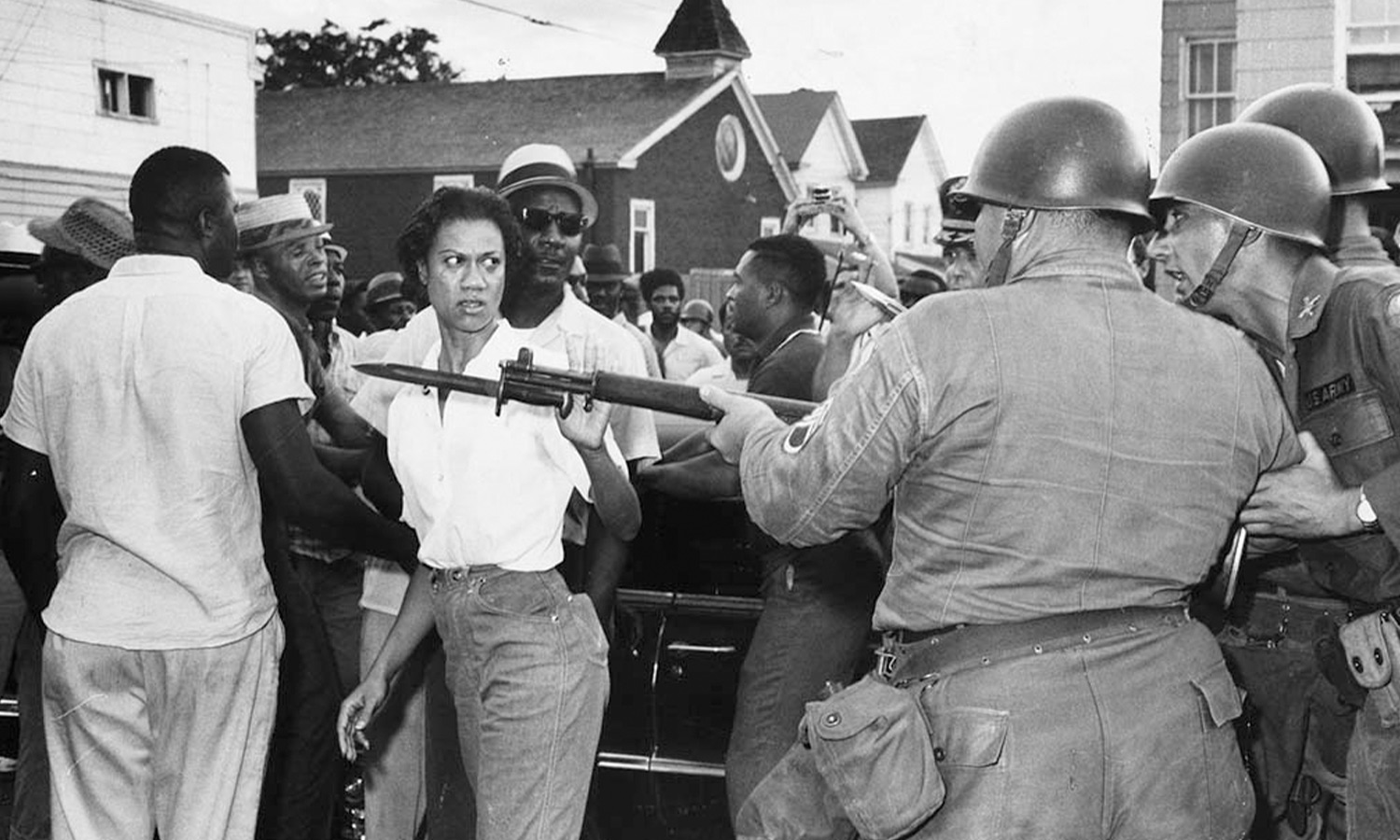
Along with the Cambridge Nonviolent Action Committee, she led a series of increasingly violent protests fighting segregation and demanding the right for Blacks to vote. President Kennedy finally tried to bring about peace with the 1963 Treaty of Cambridge, considered an important step towards the 1964 Civil Rights Act.
Prince George’s County Civil Rights Trail
The sites included in the Civil Rights Trail in Prince George’s County all tell a story about Black Marylanders’ struggles for equality. The website includes compelling narratives and historic photos of the protests and triumphs in the fight for civil rights, along with driving directions if you wish to visit the destinations in person.
Glen Echo Park in Glen Echo
The carousel at Glen Echo Amusement Park was the site of a civil rights protest due to the Park’s strict segregation policy. In the summer of 1960, a group of Howard University students were denied entry at the gate; they subsequently rushed to the carousel, where they were confronted by police. Five protesters were arrested. When the park reopened in 1961, it accepted all patrons, regardless of skin color.
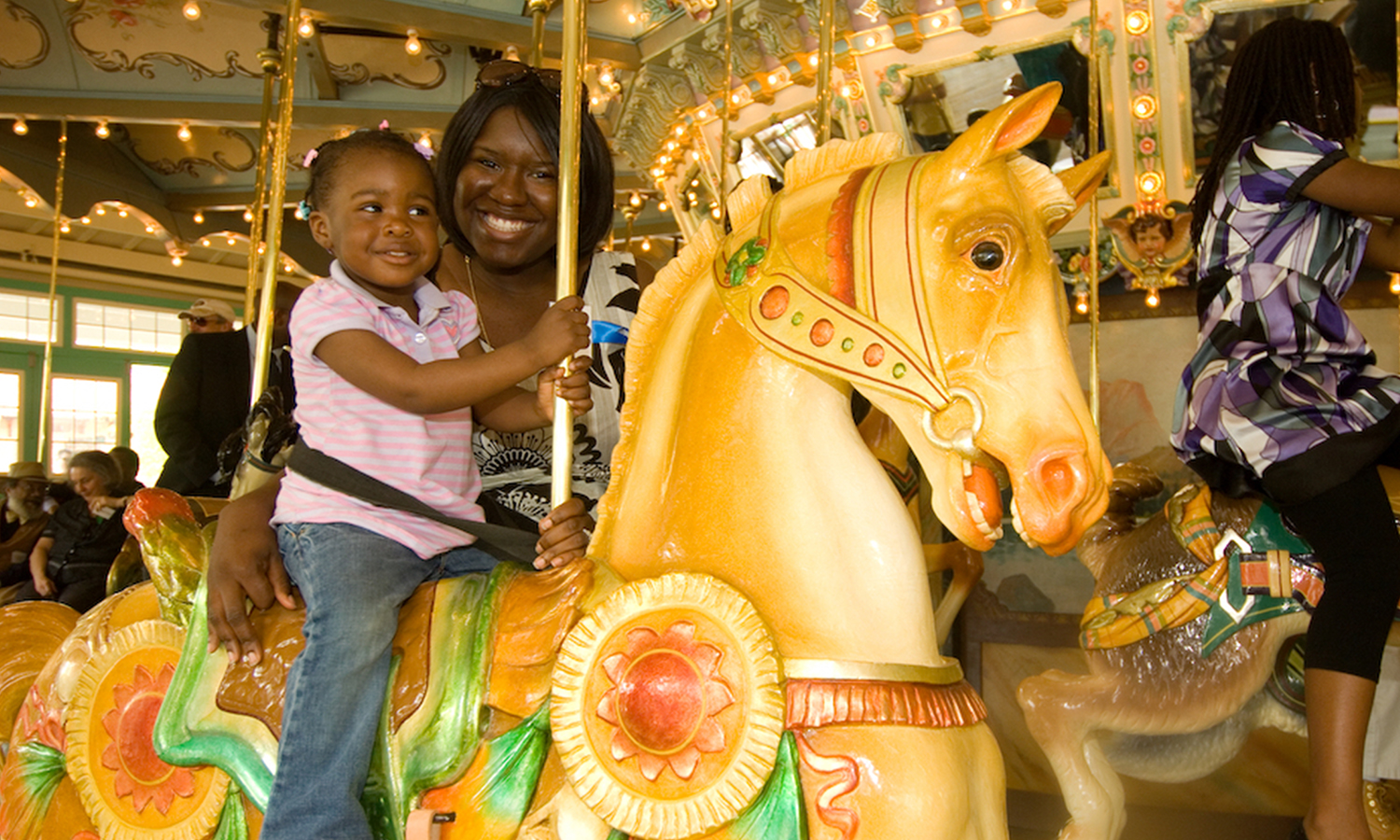
About the Author
Heidi Schlag
Heidi Glatfelter Schlag is a marketer, history lover, and traveler who can often be found exploring museums, parks, small towns, and farms. She foundedCulture-Link Communications, where she helps local nonprofits and small businesses build their brands. Heidi lives in Frederick, MD, with her husband and two dogs.


